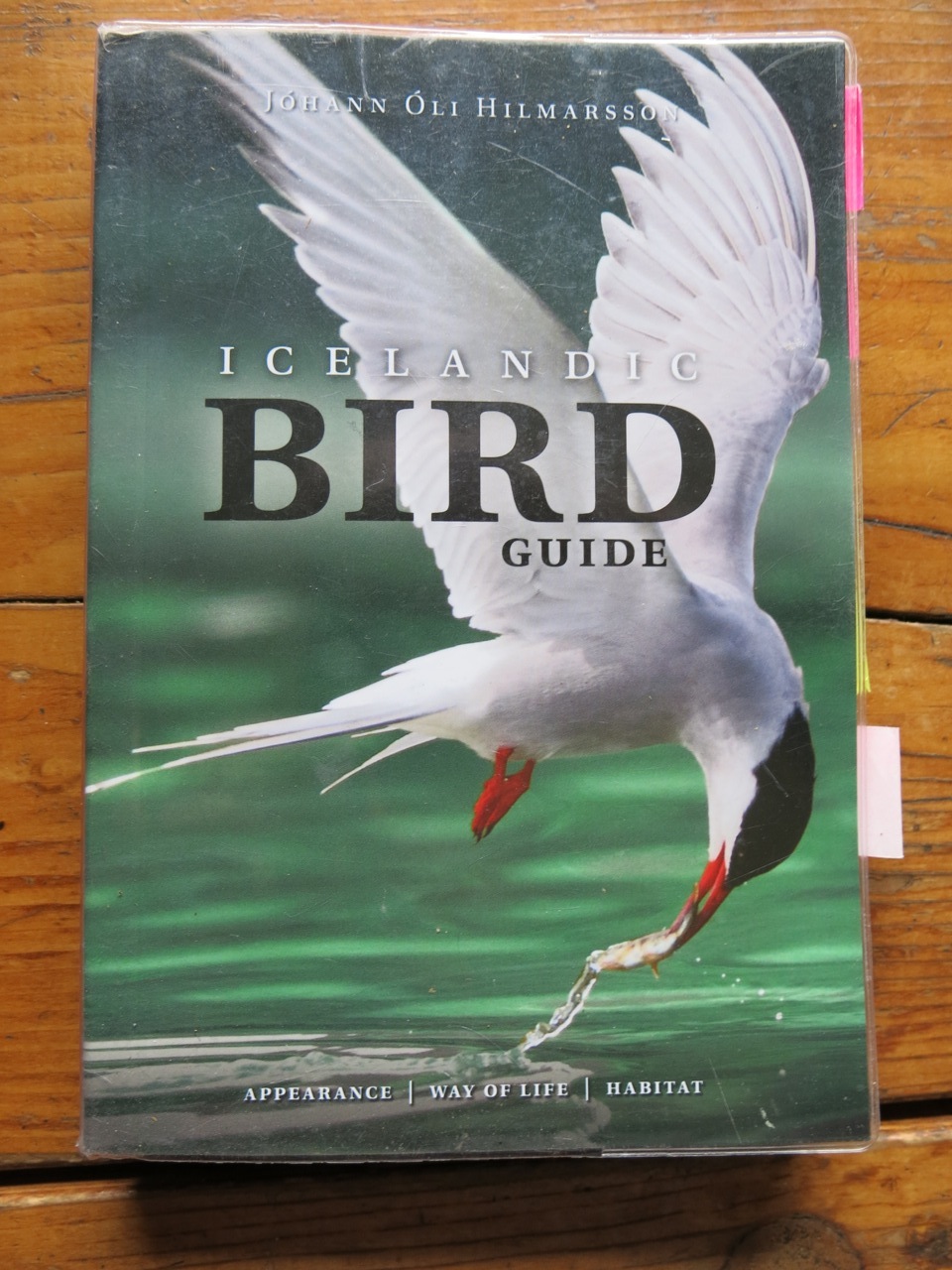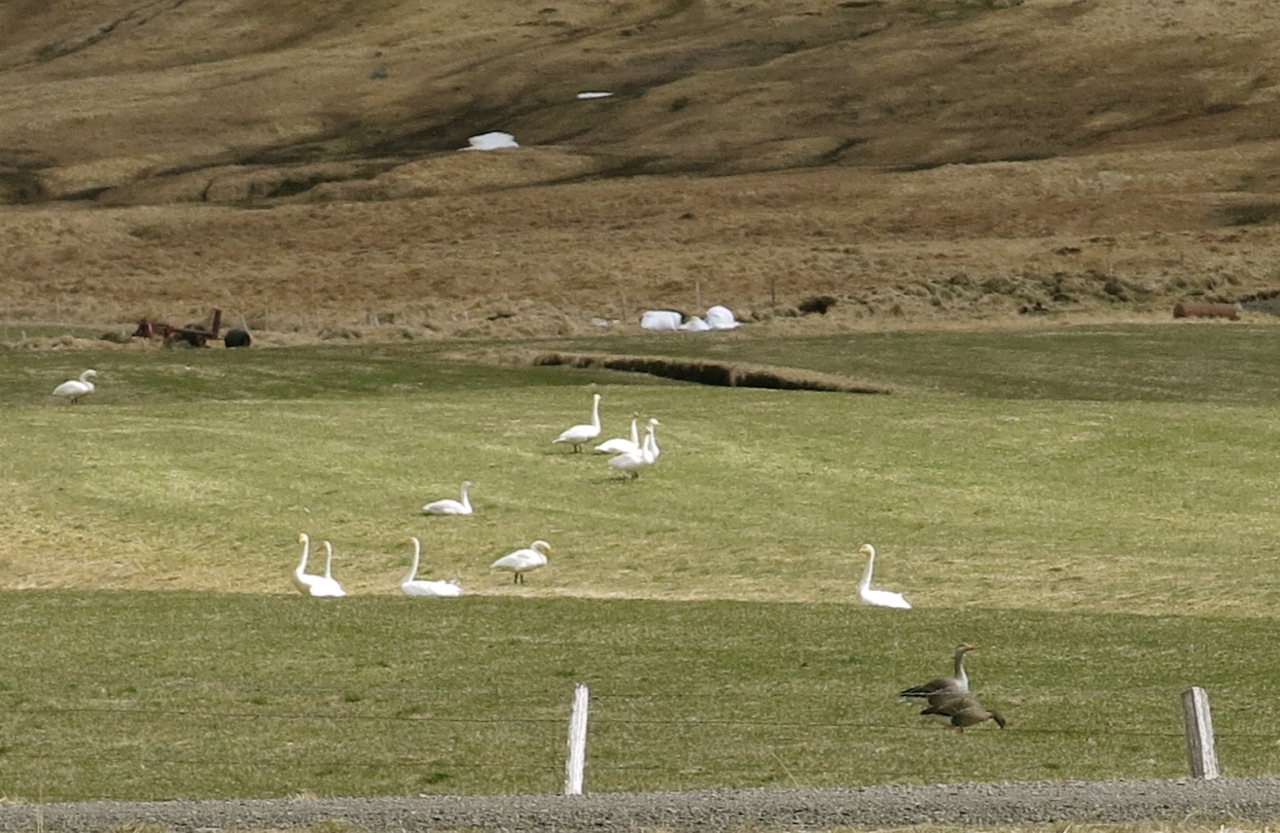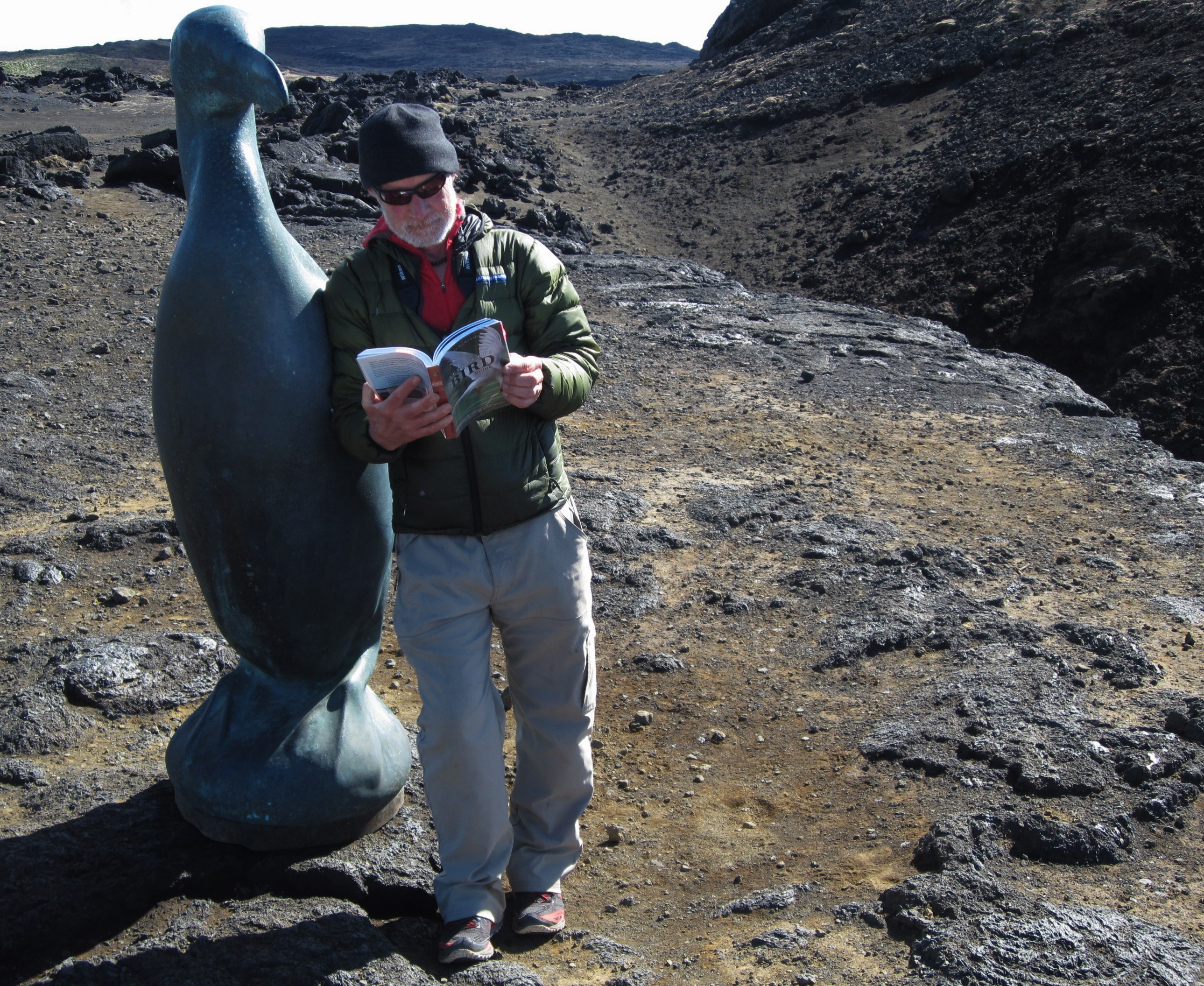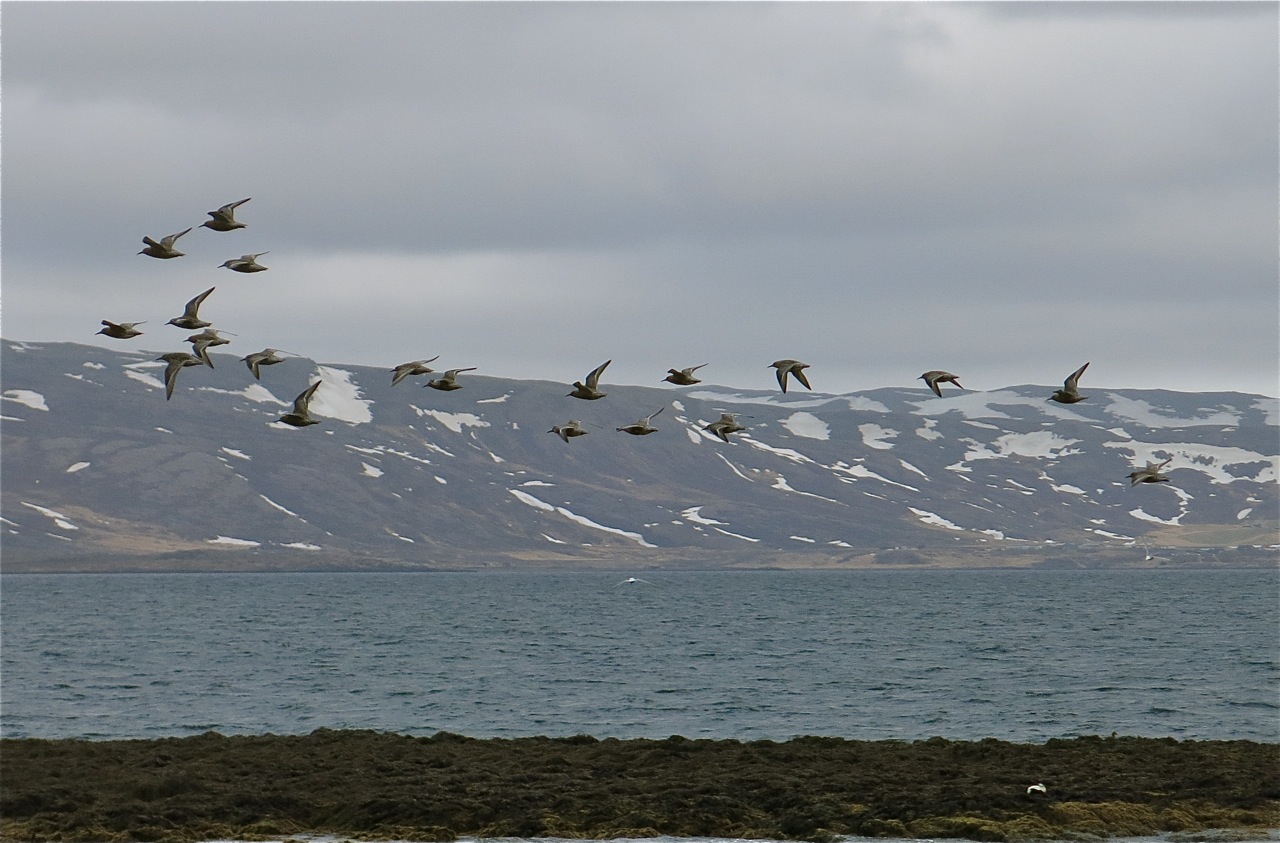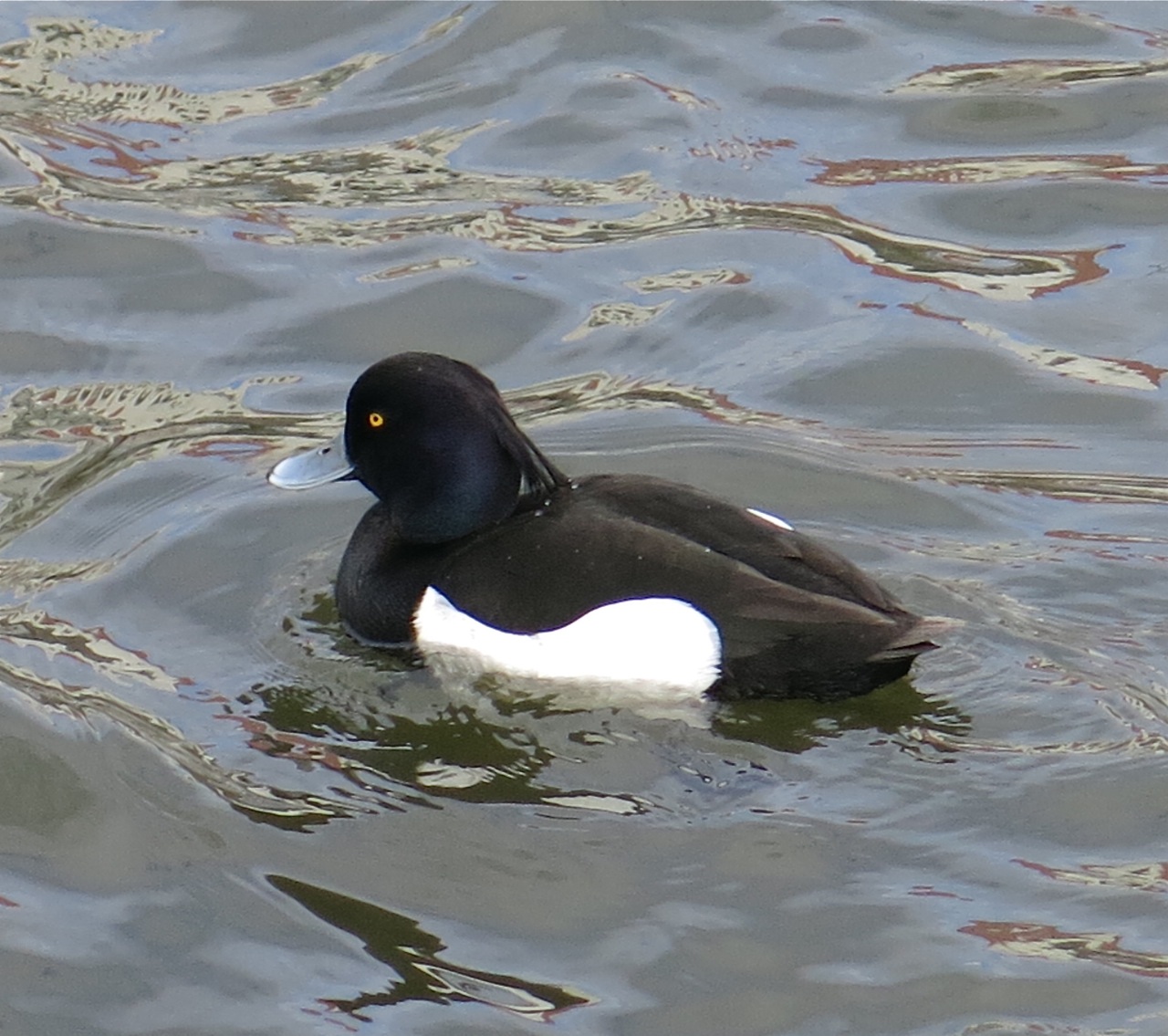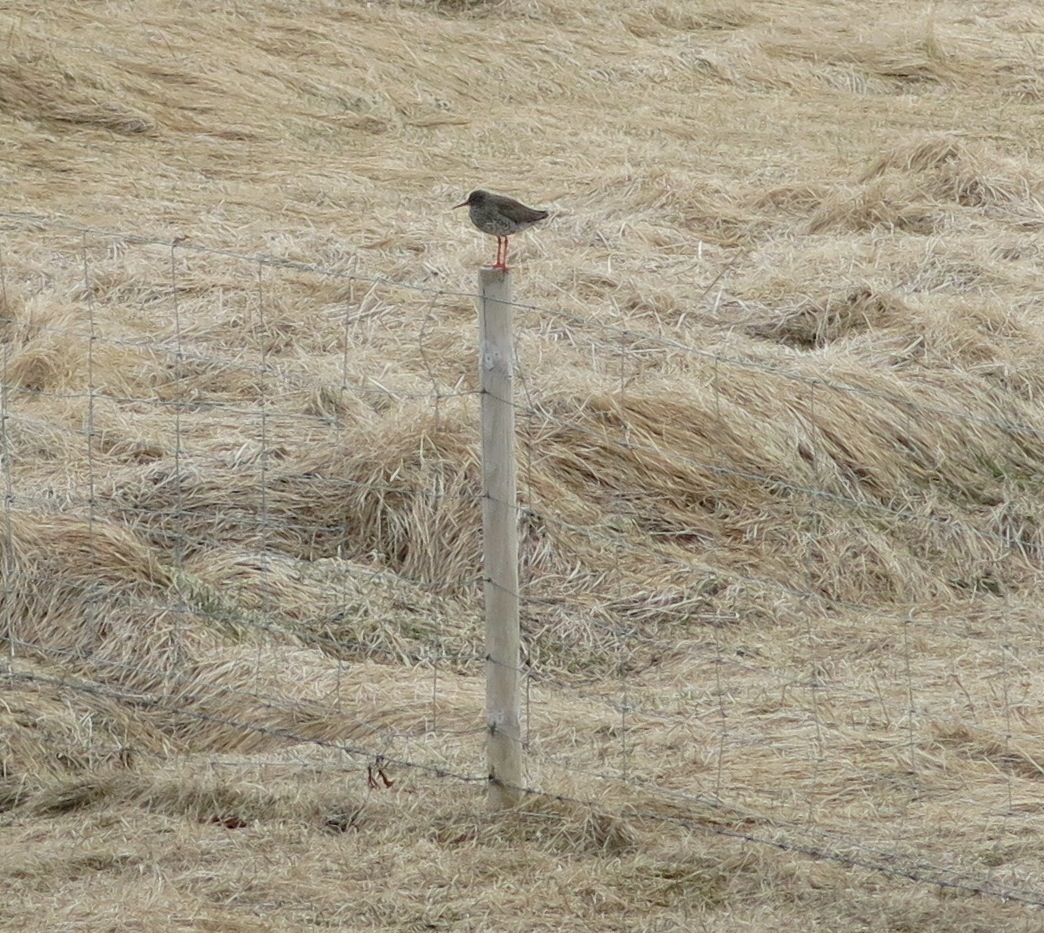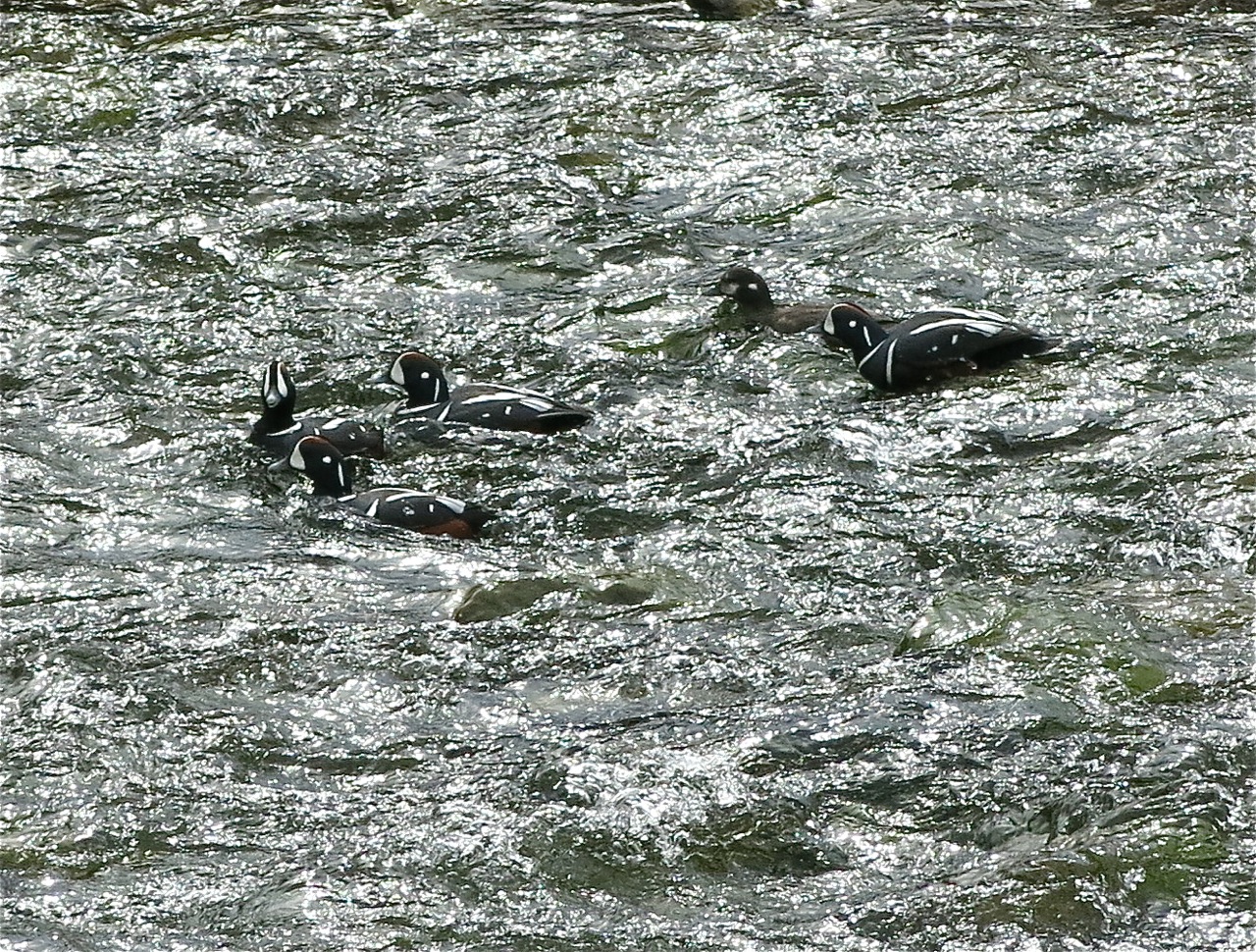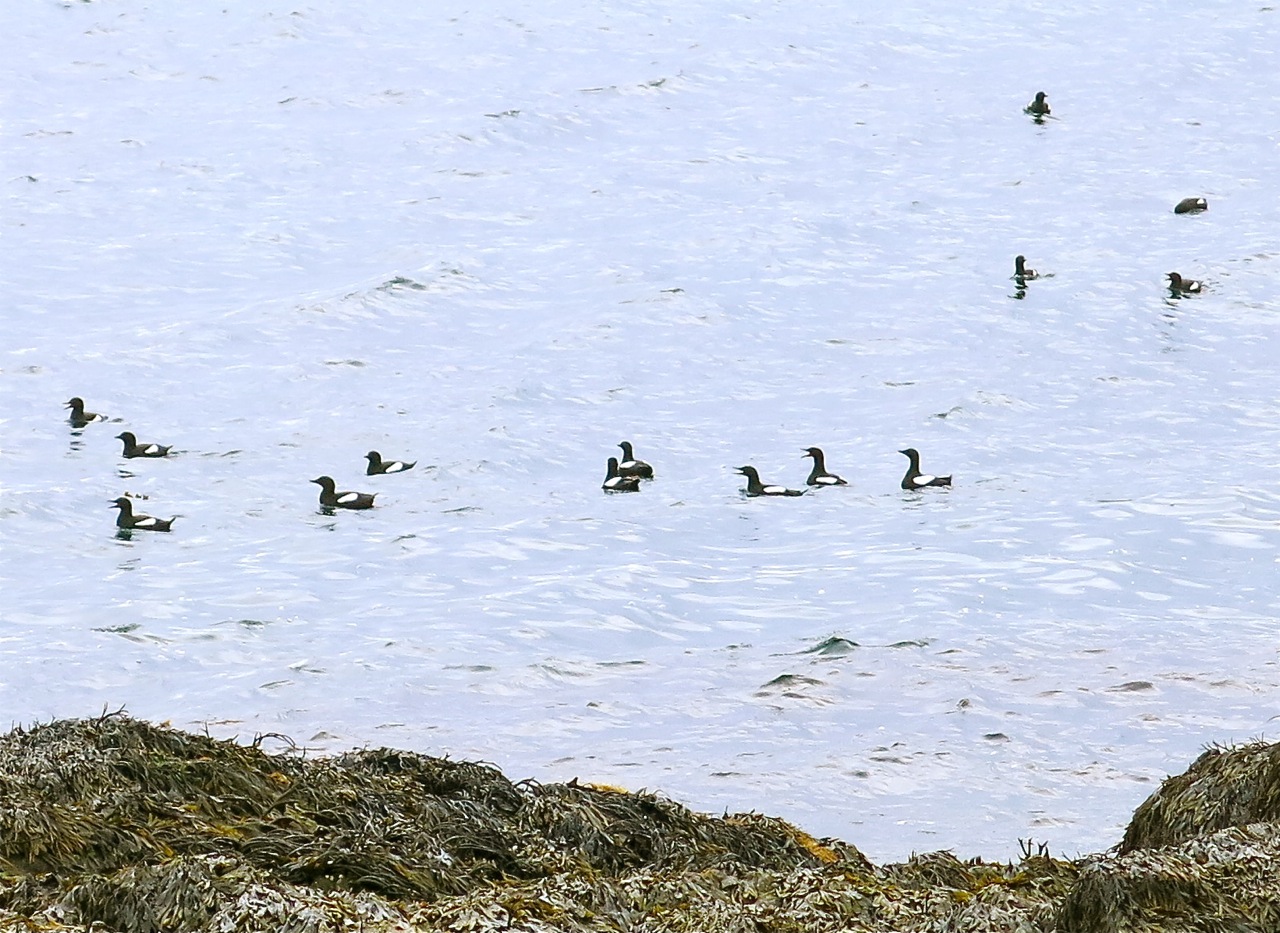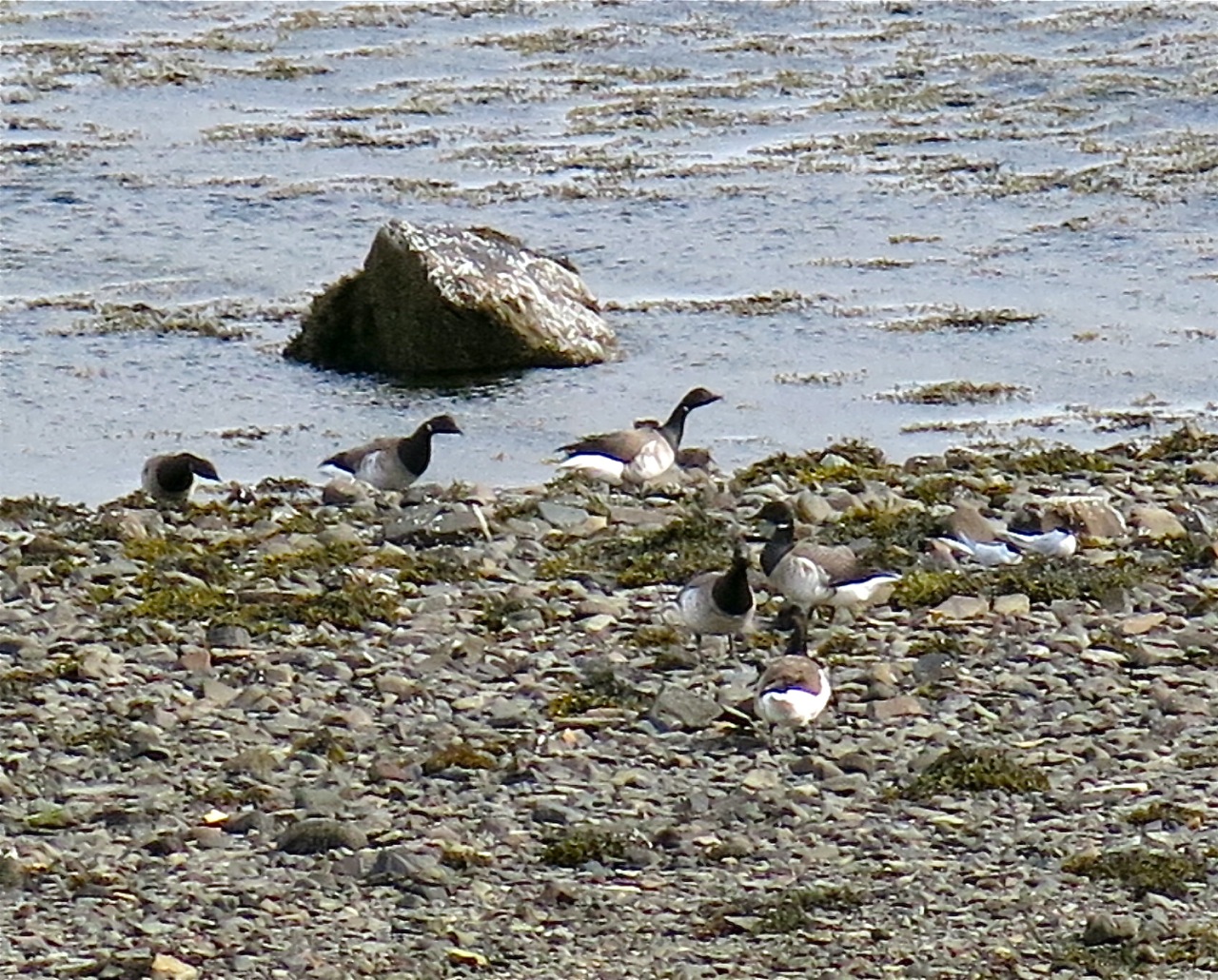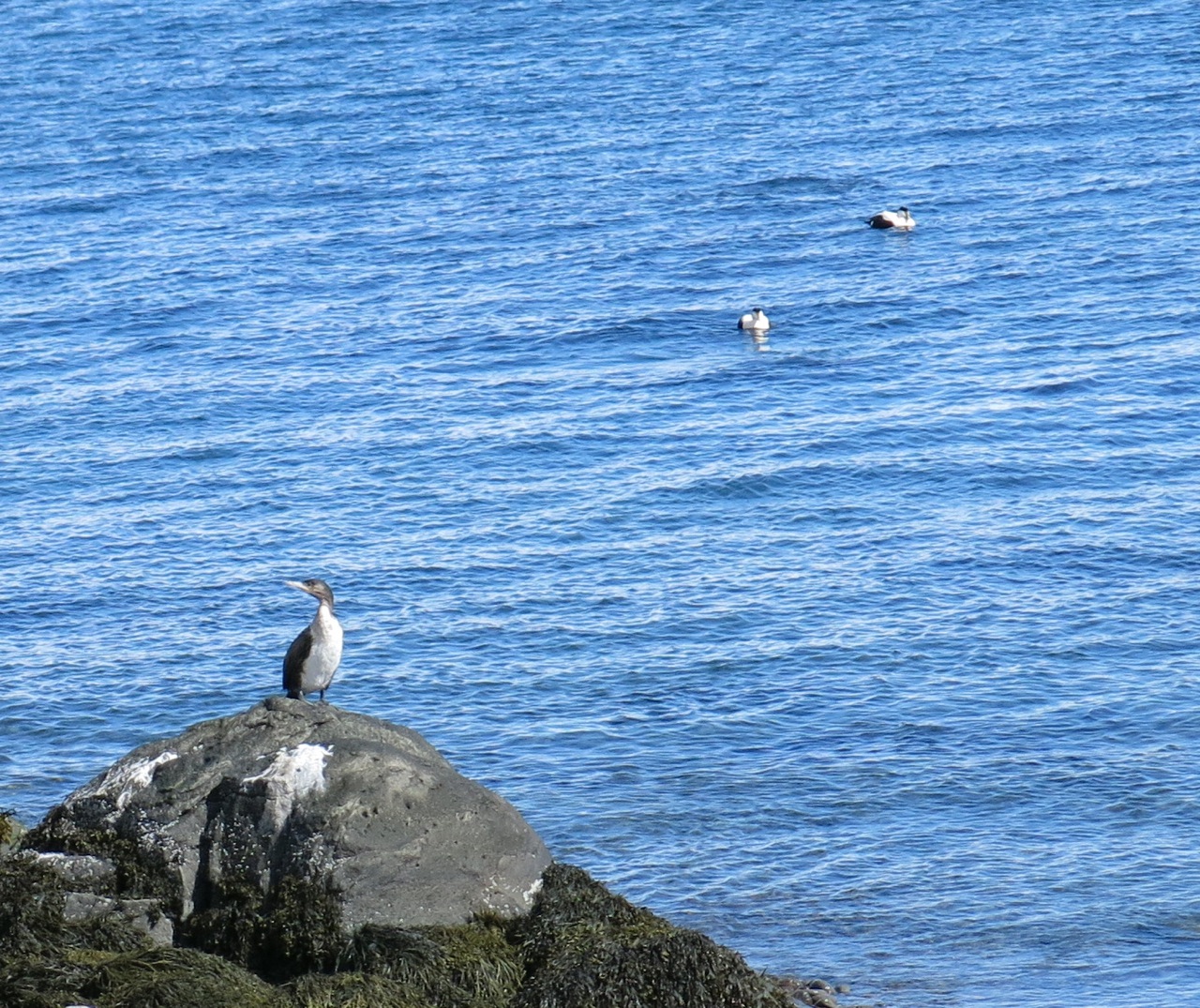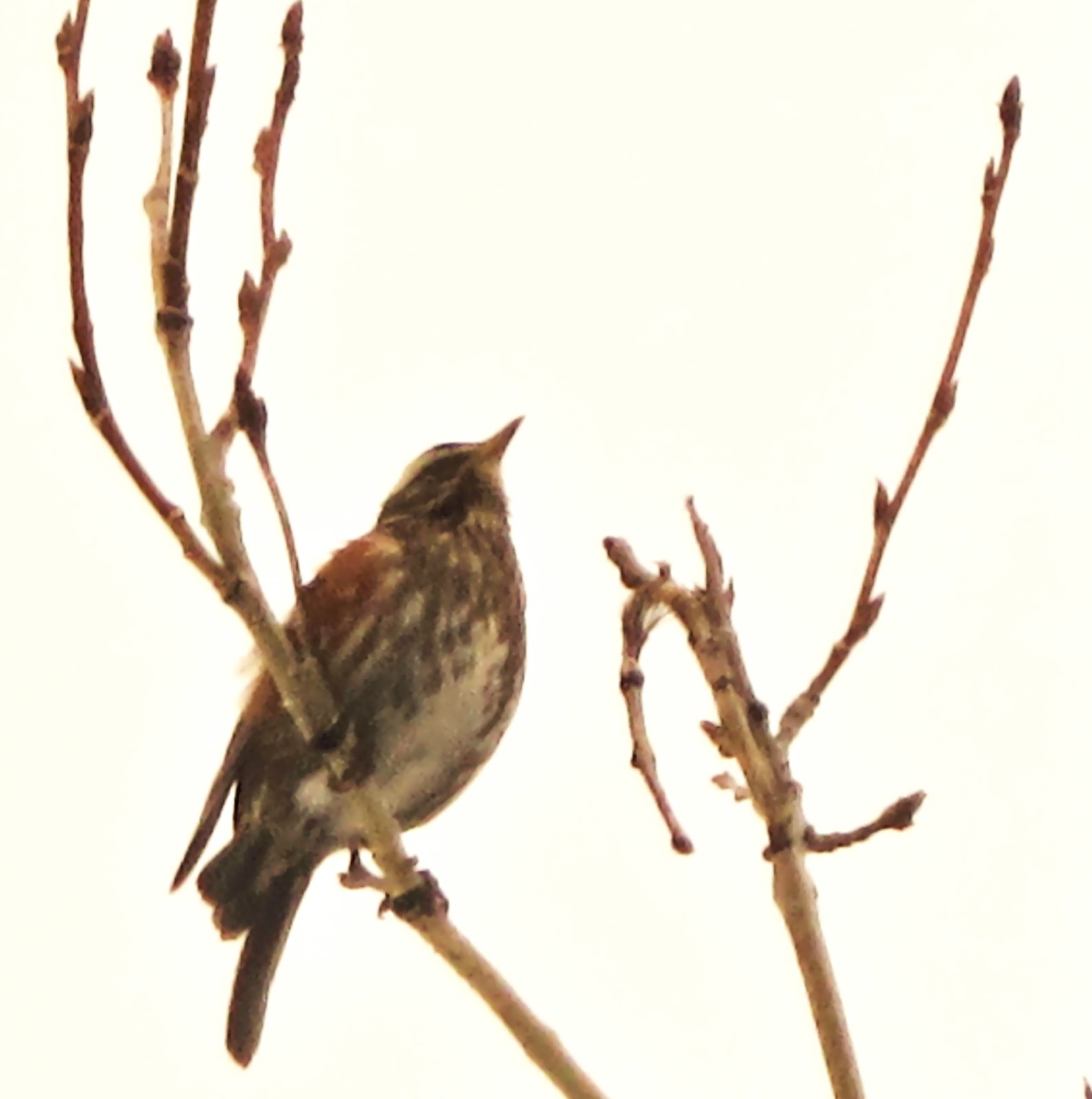Iceland – Part Four – Birding and the Greenland Sea
Leaving West Fjords, we drove east, then side-tracked south on H63 for the two-day drive to Akureyri. Along the way we were treated to an amazing amount of bird life along the northern edges of Iceland. For all of Tabitha’s and my life together, birding has been a source of inspiration, teamwork, and sport as we travel. The opportunity to add more species to our “life-list” was a welcome distraction from the vagaries of coastal weather and the long drives. Birding allowed us to be unhurried, as we really had no plan other than following the map. (click photos to enlarge)
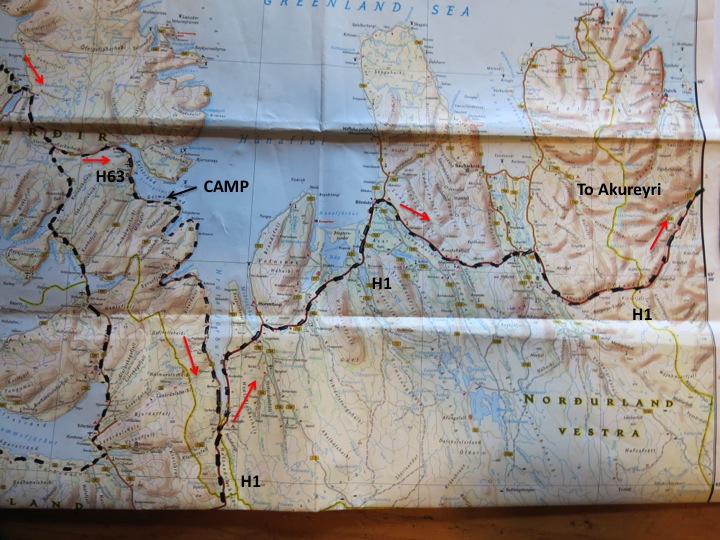
But before I go on, having a bird book on the area is critical, and thus on arriving in Iceland we perused a few bookstores and one book stood out. This book contained facts on each bird including habits, habitats, and excellent pictures. The addition of an egg section with photos is unique for bird books. The Icelandic Bird Guide is a must for any serious birder traveling to this distant country. At the bottom of this post is our complete list of Iceland birds.
Eventually we saw 44 species, many pictured below, of which 18 were new to our life-lists that now contain hundreds of birds from North America, Nepal and Iceland. We like the still, quiet approach to a distant bird, attempting not to disturb them. Getting ever closer and then raising the binoculars in hopes of adding something new to our bird list is actually quite exhilarating.
In Valdez we typically see the American Oystercatcher. In Iceland, they have the exquisite and charming Eurasian Oystercatcher that seemed to be everywhere and not very shy.
The birding started with a bang in Reykjavik. I had seen one Eider in my life, a King north of the Brooks Range in Alaska. But here, in the middle of a city pond and along most of Iceland’s coast, we saw hundreds of Common Eiders.
We camped along Hunafloi, with the Greenland Sea visible beyond the silent island of Grimsey. Shorebirds flocked to the low tide areas all evening. Arctic Terns seemed much tamer here – they checked us out and then moved on without a fuss.
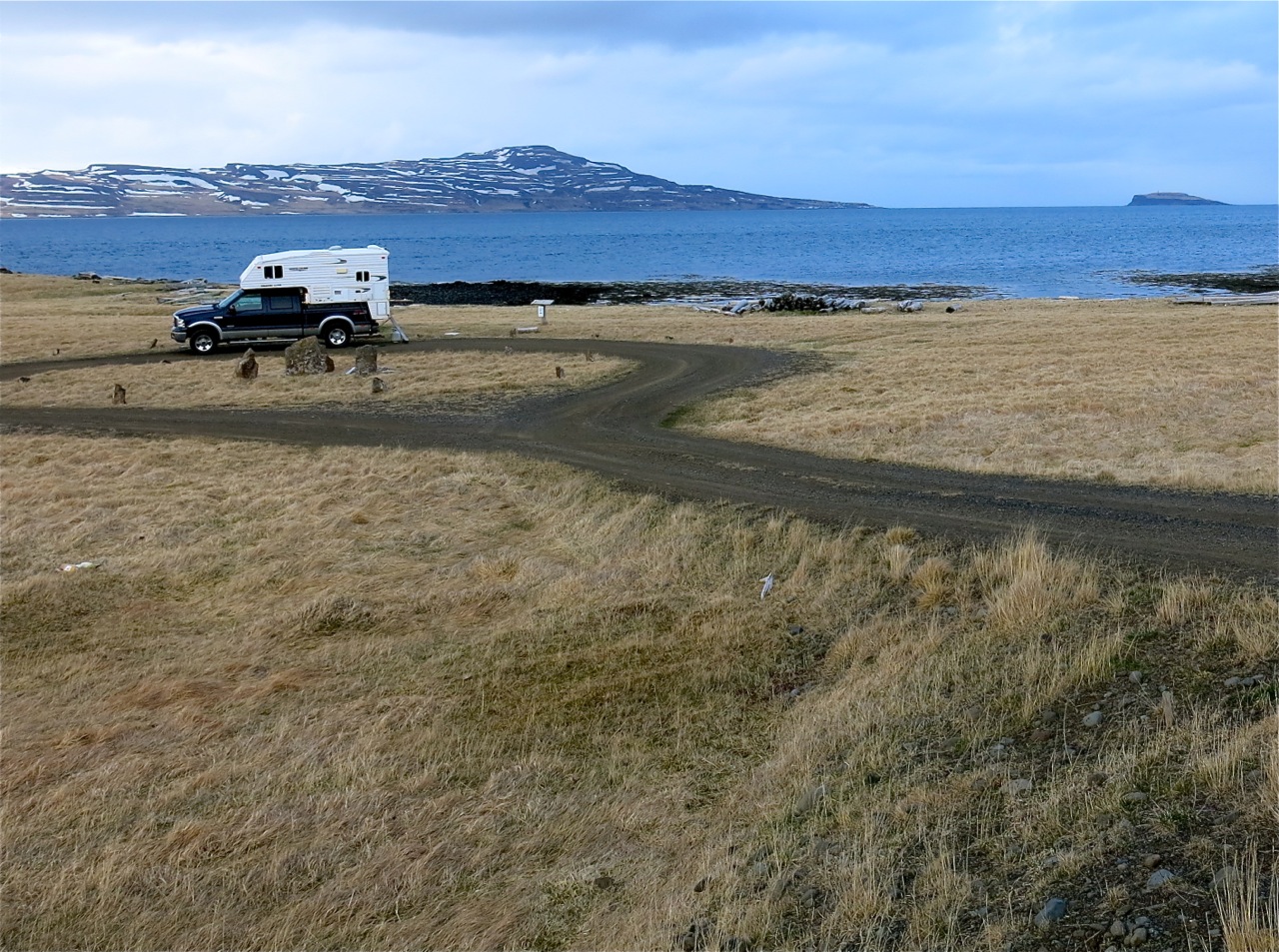
Camped along the Galmastrond overlooking Hunafloi and Grimsey Island.
While we searched relentlessly for the Pink-Footed Goose, the Greylag and Whooper Swan were common. Bird life was abundant everywhere we went. Though we failed to see a Puffin or a wren, the other species we saw were just as cool and provided some excellent opportunities for photography.
Pondering Gannets, we came across this bronze statue honoring the last Great Auk. It lent a wing and offered some local beta on birding.
As with most birding, patience is needed to key out small shorebirds that dash around and are shy about intruders. Without proper lighting, they all become tiny shadows. Next to the small passerines, I find shorebirds the most difficult. Tabitha typically carries a pair of small pocket binoculars and I carry the “big-eyes”, Nikon Trailblazers 10X50 around my neck. A large spotting scope would have been impractical to carry on our beach hikes.
Below Tabitha spends time in the weather keying out the Redstarts, another new species for us. We missed finding shearwaters or the Sea Eagle.
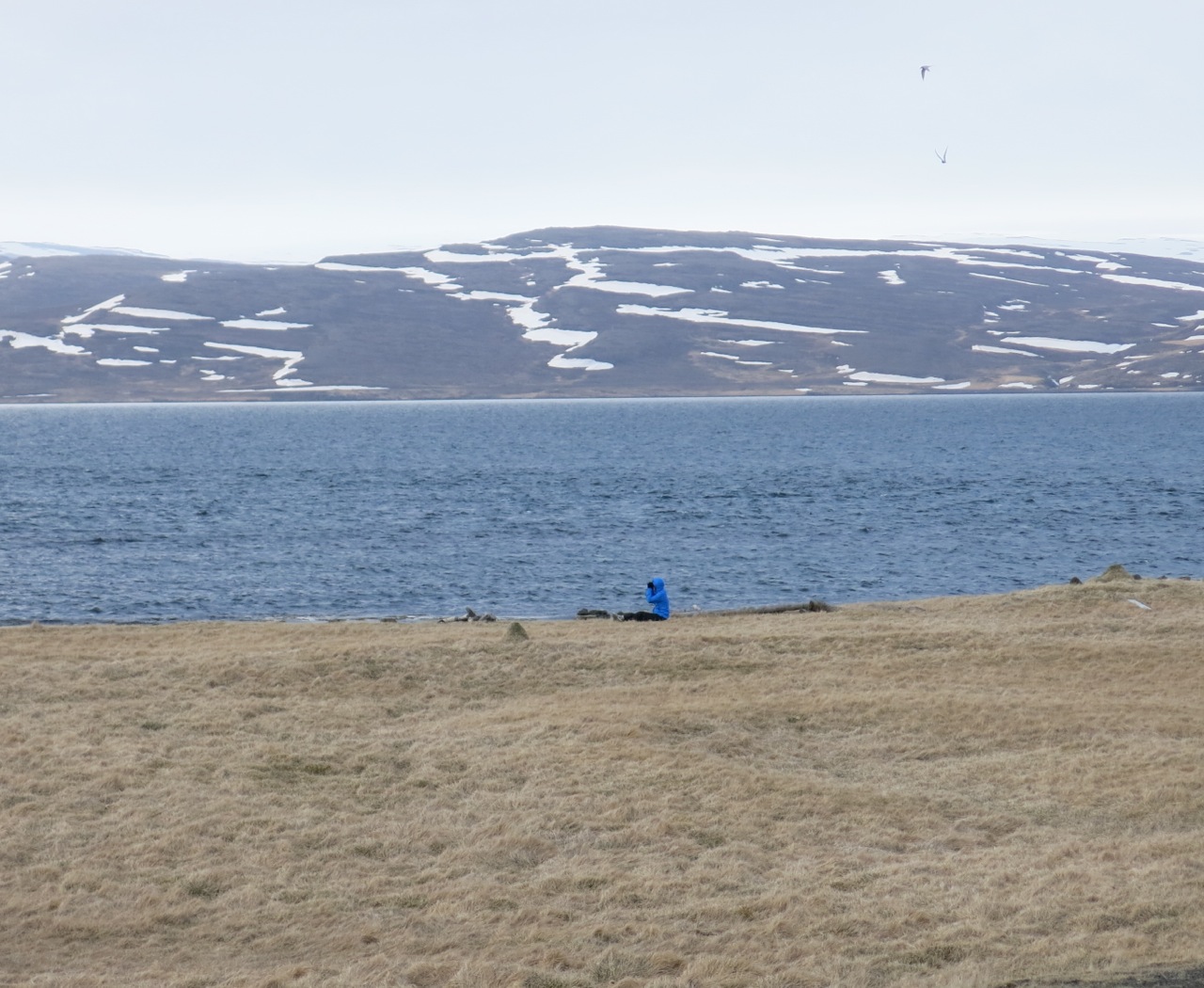
Steinsgrimfjord
Shorebirds in Valdez are rare, so we don’t get much practice keying them and establishing them in your minds by shape and call. Small coloration differences, beak forms and size are the tell-tales to different species. Here, a Whimbrel probes grass along sides of a cinder cone near Myvatn.
I had seen the Tufted Duck once or twice in Alaska, but it presented itself much easier for identification in a few ponds around Iceland. I have been using my trusty Canon G15 using the P and Auto Function and if needed, the P-Zoom options which are outstanding. With the high quality zoom you can return to your computer and verify birds, versus flipping through a bird book in the field during challenging weather conditions.
Iceland has only the Rock Ptarmigan. We saw them often but not in large flocks.
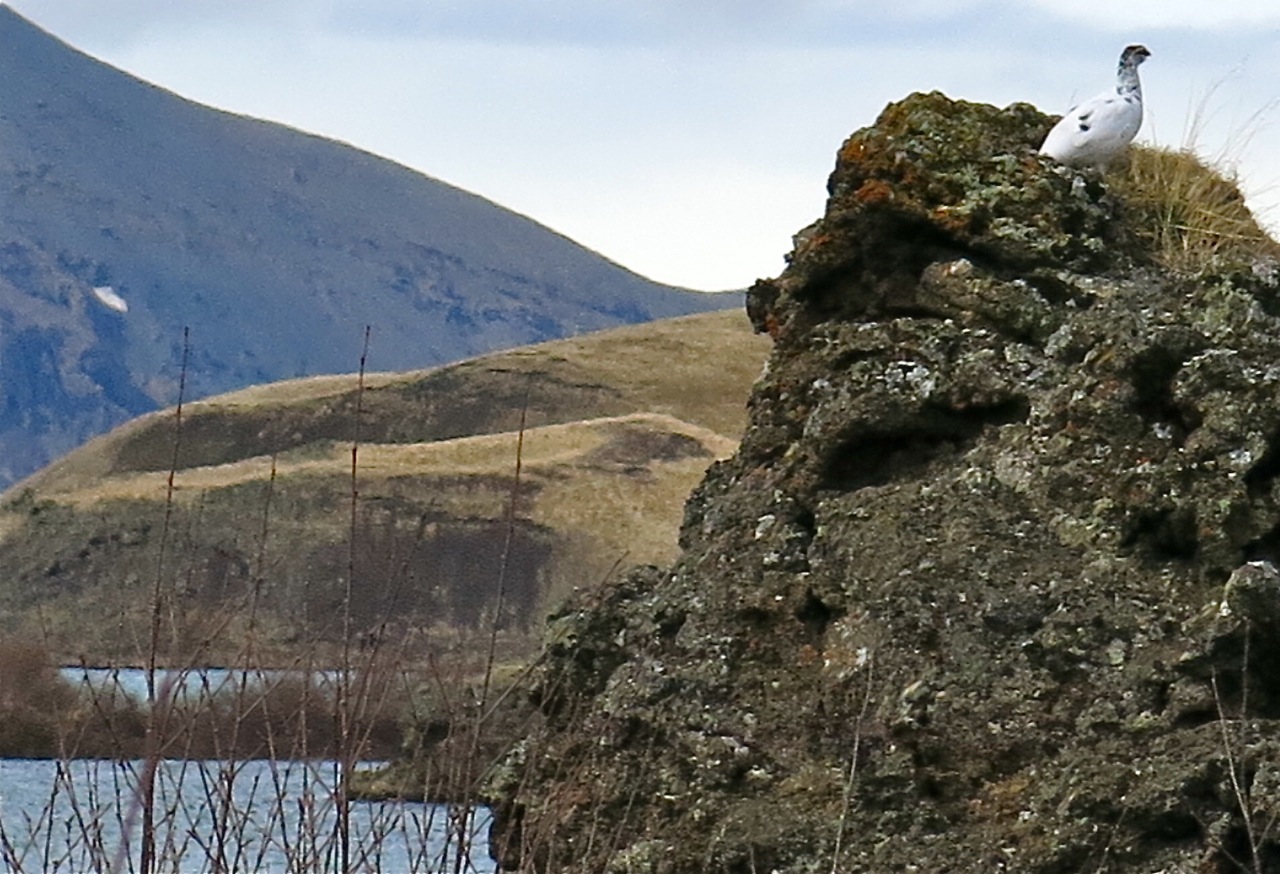
Rock Ptarmigan at Myvatn
This neat little bird was added to our life list in Iceland. It was easy to identify by its bright orange legs. The guide book states that “it perches on fence posts.” This Common Red Shank sits tall as hay fields, still brown, lay across most the region we traveled. Bird migration was in full swing. Iceland is not only prime nesting range for many European species, but also a stop-over on the byway to Greenland for rare strays. The only wild mammal on the island is the arctic fox, thus shore birds thrive along a coast rich in fish. The habitat has had little impact by humans, other than sheep and hay fields where the birds graze.
We saw these Harlequin near a bridge. They floated effortlessly, like perfect corks. Many people believe they are the most beautiful ducks in the world. They nest in the clearest of streams, filling the northern oceans in small isolated clusters such as this family.
The Black Guillemot, distinguishable by its white wing patch, was seen in good numbers off our camp along the Greenland Sea. Just off shore this small flock seemed to be yakking it up.
Another new species was the Brent Goose which we only saw this one time about the same time we saw a pup seal haul out on some nearby rocks.
One of largest birds around at nearly 40 inches in length, a Brunnich’s Guillimot noses for trouble as I zoom in. A pair of Common Eiders float in the sea beyond, as if on patrol.
Birding was beyond description, as the coast was a constant candy store of our feathered friends. Iceland perhaps rivals the Pribilof Islands in the Bering Sea and is truly a birder’s paradise. The chance to see strays and unique northern species is possible here more than most places in the world. The bird list below represents each species we saw in Iceland. New species to our life list are in bold letters.
Iceland Bird List May 15-30, 2015 Matt Kinney and Tabitha Gregory
European Shag
Black Guillemot
Eurasian Oystercatcher
Common Ringed Plover
European Golden Plover
Dunlin
Red Knot
Ruddy Turnstone
Common Snipe
Whimbrel
Common Redshank
Red-necked Philarope
Black-headed Gull
Common Gull
Herring Gull
Great Black-backed Gull
Lesser Black-backed Gull
Iceland Gull
Arctic Tern
Whooper Swan
Greylag Goose
Brent Goose
Mallard
Gadwall
Eurasian Wigeon
Tufted Duck
Greater Scaup
Harlequin Duck
Common Eider
Common Shelduck
Red-breasted Merganser
Red-throated Diver
Great Northern Diver
Horned Grebe
Rock Ptarmigan
Barn Swallow
Meadow Pipit
White Wagtail
Redwing
Common Blackbird
Common Raven
Common Starling
Snow Bunting
Lapland Longspur

